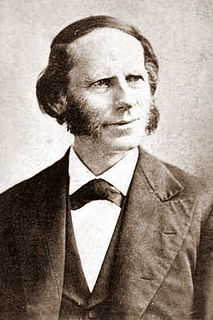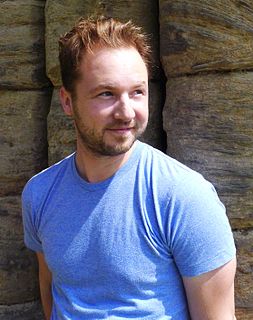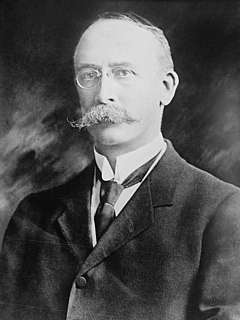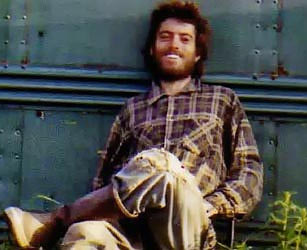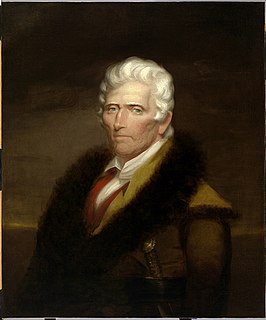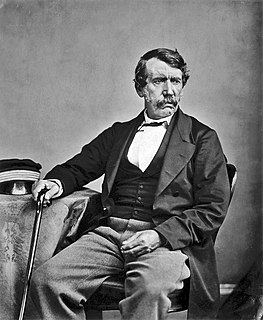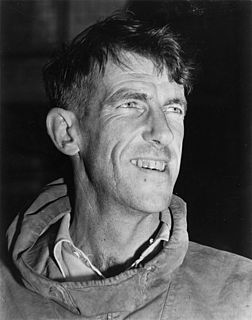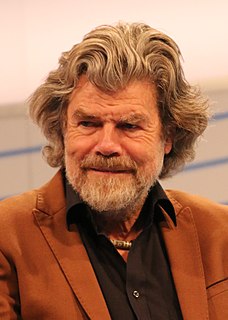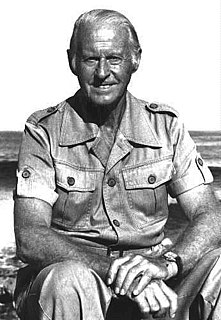A Quote by Isabella Bird
Mauna Kea from Hilo has a shapely aspect, for its top is broken into peaks, said to be the craters of extinct volcanoes, but my eyes seek the dome-like curve of Mauna Loa with far deeper interest, for it is as yet an unfinished mountain.
Related Quotes
If the bones of all those who have fallen as a prey to intemperance could be piled up it would make a vast pyramid. Who will gird himself for the journey and try with me to scale this mountain of the dead--going up miles high on human carcasses to find still other peaks far above, mountain above mountain, white with the bones of drunkards.
So, I looked up, and we were in this giant dome like a glass snowball, and Mark said that the amazing white stars were really only holes in the black glass of the dome, and when you went to heaven, the glass broke away, and there was nothing but a whole sheet of star white, which is brighter than anything but doesn't hurt your eyes. It was vast and open and thinly quiet, and I felt so small.
There's a small worm called Loa Loa Filariasis. This parasite can survive in one environment exclusively- namely, underneath the skin and inside the eyes of human beings. Children and the elderly in tropical regions (usually the poorest) are the most widely affected. A painful, slow death is virtually certain. The worm can actually live in the host for 17 years before the host finally dies.
The mark of an educated man is not in his boast that he has built his mountain of facts and has stood on top of it, but in his admission that there may be other peaks in the same range with men on top of them, and that, though their views of the landscape may be different from his, they are none the less legitimate.
A man's a man for a' that. . . . . A prince can mak a belted knight, A marquis, duke, and a' that; But an honest man's aboon his might, Guid faith he mauna fa' that! . . . Then let us pray that come it may, As come it will for a' that, That sense and worth, o'er a' the earth, May bear the gree and a' that. For a' that, and a' that, It's comin' yet, for a' that, When man to man, the world o'er, Shall brithers be for a' that.
Far away in Montana, hidden from view by clustering mountain-peaks, lies an unmapped northwestern corner- the Crown of the Continent. The water from the crusted snowdrift which caps the peak of a lofty mountain there trickles into tiny rills, which hurry along north, south, east and west, and growing to rivers, at last pour their currents into three seas. From this mountain-peak the Pacific and the Arctic oceans and the Gulf of Mexico receive each its tribute. Here is a land of striking scenery.
You see, if the height of the mercury [barometer] column is less on the top of a mountain than at the foot of it (as I have many reasons for believing, although everyone who has so far written about it is of the contrary opinion), it follows that the weight of the air must be the sole cause of the phenomenon, and not that abhorrence of a vacuum, since it is obvious that at the foot of the mountain there is more air to have weight than at the summit, and we cannot possibly say that the air at the foot of the mountain has a greater aversion to empty space than at the top.
No one lives on the top of the mountain. It's fine to go there occasionally -for inspiration, for new perspectives. But you have to come down. Life is lived in the valleys. That's where the farms and gardens and orchards are, and where the plowing and the work is done. That's where you apply the visions you may have glimpsed from the peaks.




